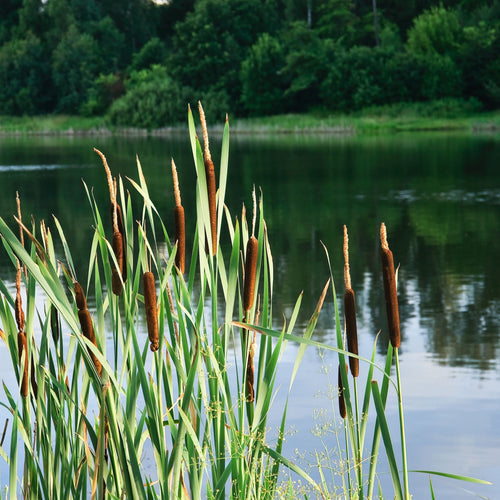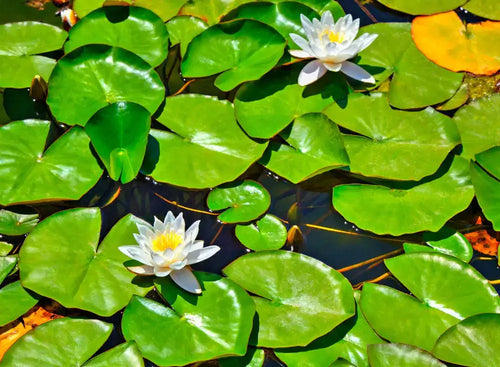Thursday, September 15
Aquatic Plants A Garden with a pond and aquatic plants looks pretty exotic. Growing water plants can be excellent if you have a large area to spare. Aquatic plants are typical and grow in water bodies, so choosing the right kind of plants that can thrive well in ponds is essential.
There are a variety of aquatic plants that you can grow in your garden. However, preparing a pond or a water body to grow these plants is essential. You can surround the pond with different-sized rocks and stones to make it look more natural. Water plants have many types; some float on water, and some are partially or wholly submerged. The commonly used floating plants in ponds are water lilies, also known as Nymphaea or Lotus. Water lilies have different colors, and you can choose specific colors to better contrast with plants in your garden.
Add oxygen to plants
You can also raise fish in ponds with aquatic plants, and you would not require mechanical techniques to provide oxygen for fish. Growing oxygenator plants in the pond will ensure oxygen is added to water during photosynthesis. These oxygenator plants help fishes breathe easily as oxygen is dissolved in water more naturally. Some common oxygenator plants are algae, water weeds (Elodea Canadensis), Anacharis (Egeria Densa), etc. Some plants partially float on water and are also called immersed plants. Some of its types are cattail, bulrush, maidencane, etc. These plants provide food for fish and are a perfect habitat for fishes as they feed on the seeds and leaves of such plants. These are some of the tips that can help you plan a water garden at your home.
Buy your Aquatic Plants today at TN Nursery.
https://www.tnnursery.net




















































